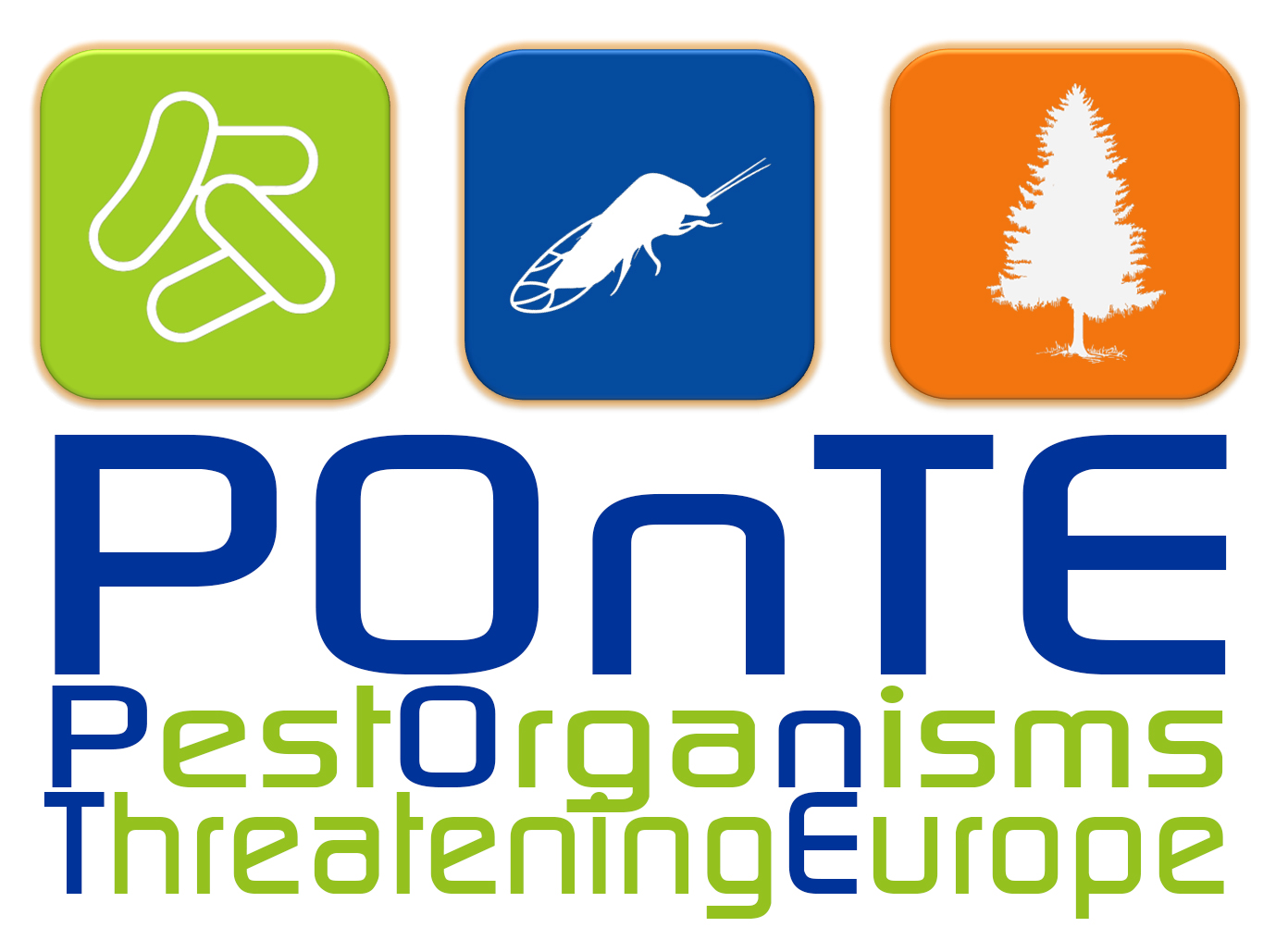New insights into the genetic diversity of the bacterial plant pathogen ‘Candidatus Liberibacter solanacearum’ as revealed by a new multilocus sequence analysis scheme
Authors
Ahmed Hajri, Pascaline Cousseau-Suhard, Pascal Gentit and Marianne Loiseau
Affiliation
Plant Health Laboratory, ANSES, Angers, France
Abstract
‘Candidatus Liberibacter solanacearum’ (Lso) has emerged as a serious threat on solanaceous and apiaceous crops worldwide. Five Lso haplotypes (LsoA, LsoB, LsoC, LsoD and LsoE) have been identified so far. To decipher genetic relationships between Lso strains, a MLSA study of seven housekeeping genes (acnA, atpD, ftsZ, glnA, glyA, gnd and groEL) was performed on a representative bacterial collection of 49 Lso strains. In all, 5415 bp spanning the seven loci were obtained from each of the 49 strains of our bacterial collection. Analysis of sequence data was consistent with a clonal population structure with no evidence of recombination. Phylogenies reconstructed from individual genes, and with concatenated data, were globally congruent with each other. In addition to the five highly supported and distinct genetic clusters, which correspond to the five established haplotypes, our phylogenetic data revealed the presence of a sixth haplotype, designated ‘LsoG’. This new haplotype is currently represented by two strains from France which had distinct sequences in four out of the seven tested housekeeping genes. Altogether, the data presented here provide new information regarding the genetic structure of Lso and the evolutionary history of the haplotypes defined within this bacterial species.
This study was partially supported by funding from the European Union’s Horizon 2020 research and innovation programme under grant agreement No 635646: POnTE (Pest Organisms Threatening Europe).
Published on April 30, 2019 by BIORXYV








